U.S. and Royal Canadian Air Force (RCAF) personnel conducted a joint airborne exercise at Moody Air Force Base, Georgia, on 26 March 2025.
The operation involved multiple U.S. units including the 820th Base Defense Group, 38th Rescue Squadron, and 15th Air Support Operations Squadron, as well as the U.S. Army’s Warrior Training Center and the RCAF’s 436th Transport Squadron. Troops and equipment were delivered via a Royal Canadian CC-130J Hercules aircraft, with training incorporating mass static-line jumps, free-fall insertions, and coordinated ground operations.
“The intent for this operation was to foster collaboration between the U.S. and RCAF to improve joint operational capabilities,” explained Staff Sgt. Kyle Alvino of the 820th Combat Operations Squadron. For the RCAF, key aims included improving interoperability and demonstrating rapid air mobility. “Our objective was to move large numbers from the staging area to the drop zone in the shortest amount of time,” said Capt. Issac Bates, 436th Transport Squadron tactics officer.
In addition to troop deployment, the exercise tested rapid equipment delivery to establish operational footholds. “Using a large-scale airborne operation with equipment allows individuals to land with essential gear and quickly secure an area,” said Alvino. The 820th BDG also exercised its command and control capabilities, coordinating airborne and ground elements to ensure mission cohesion.
The multinational team overcame in-flight challenges such as adapting drop plans mid-air due to spacing requirements. “Being able to adjust on the fly is essential,” said Alvino. “We had to reduce stick sizes to create more drop zone space.”
Participants viewed the event as an opportunity to build long-term partnerships. “It opened the door to future training opportunities,” said 2nd Lt. Alexander Ross of the 38th Rescue Squadron. “Discovering the availability of Army Quartermaster parachute resources was particularly valuable.”
Ultimately, the exercise underscored the importance of multinational training in developing a flexible, integrated joint force. “Successful integration among units and allied forces shows why joint training is vital,” concluded Alvino. “It’s how we improve coordination, resilience, and readiness for real-world missions.”


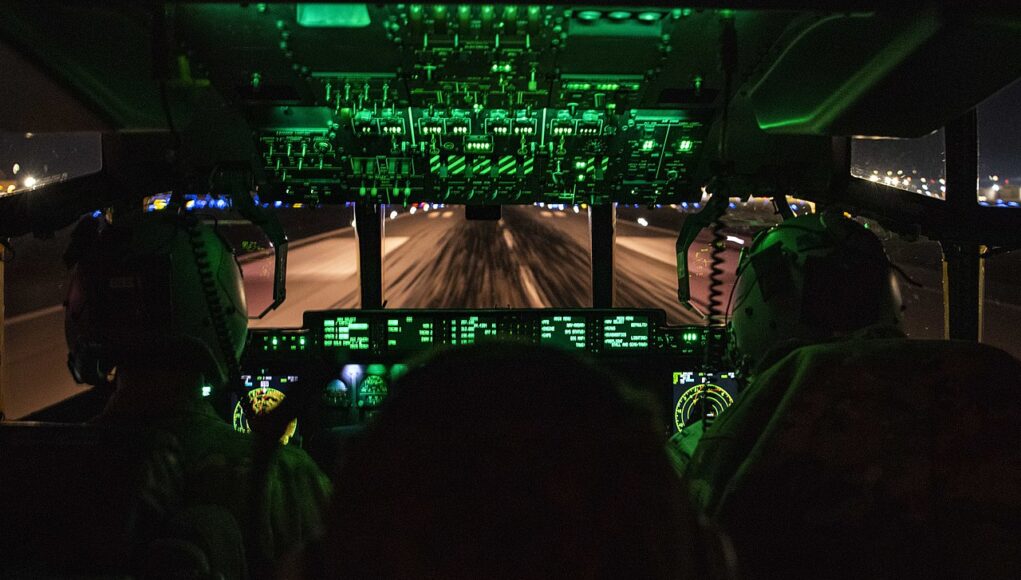
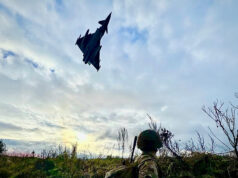
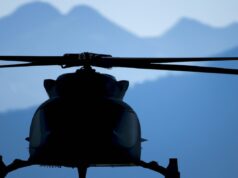
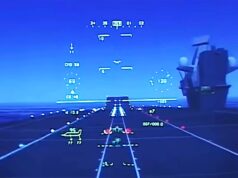
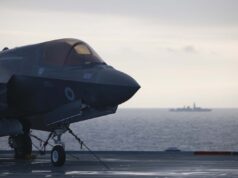
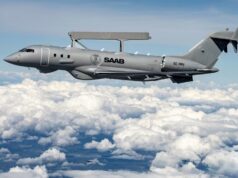
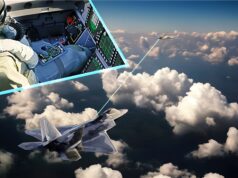
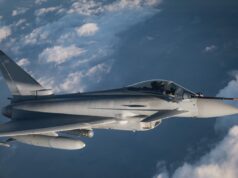
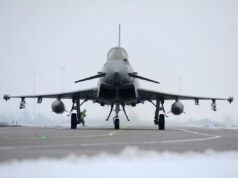
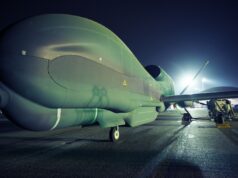


Is this training for when the US invades Canada?
Awkward 🤣
Keep your “Friends Close ,but Keep your ‘(potential) Enemies Closer”🇨🇦